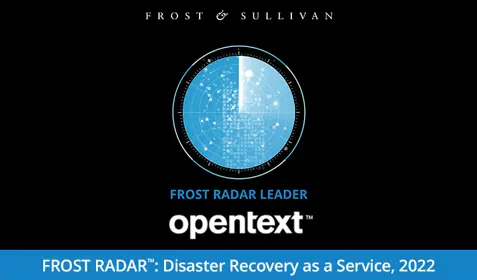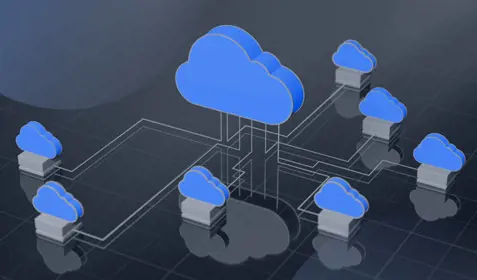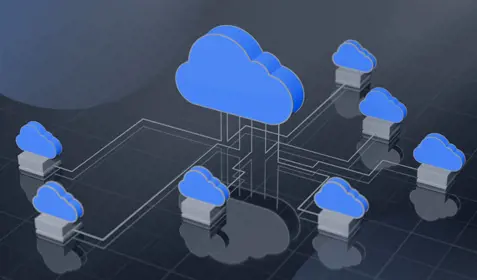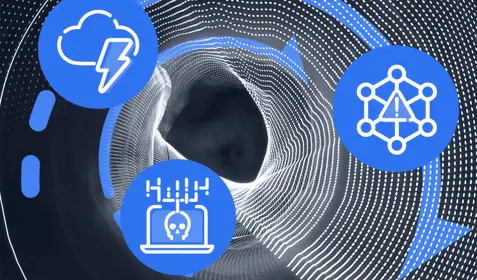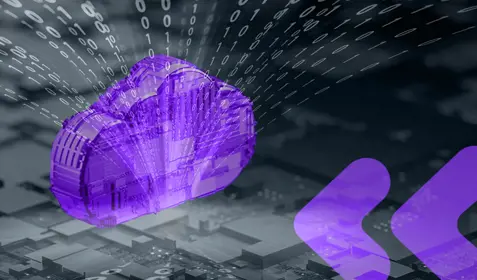Cloud and hybrid backup are tech industry terms that cause more than their fair share of confusion. In the simplest terms, each one describes a backup target, or where backups are stored.
In the case of cloud backup, obviously, backups are stored in the cloud. But what exactly is the cloud? Therein lies the confusion. For the purposes of cloud backup, the cloud simply refers to a remote data center that you can access from a web-connected computer or mobile device. It’s nothing more than a server where your backups are held and where you can access them through the web if something ever goes wrong with the original copy that’s on your device. And it’s not just your backups that are in the cloud, because the cloud is a shared resource that millions of people have access to. But only you have access to your cloud backup files.
Cloud backup benefits
The primary benefit of cloud backup is that it enables you to recover your files during catastrophic failures, like when your computer crashes, you accidentally delete a file or your entire system becomes infected with a virus. These are real-world scenarios that people suffer all the time. If you find yourself in one of these situations, you’ll be glad you have a backup in the cloud to save the day. In fact, at Carbonite HQ, we have a counter that tracks the number of people we’ve helped recover after catastrophic failures. It’s up to over 13,000 at the time of this writing and it shows no sign of slowing down.
Local backup benefits
Of course, there are numerous types of disasters and ways to lose data. And cloud backup, as useful and versatile as it can be, is not perfectly suited for every type of recovery scenario. When you’re dealing with large volumes of data, recovering from the cloud can take time. Not in a hurry? Then there’s no problem. But sometimes, you want to get back up and running faster. In this case, it would be nice to also have a backup on a hard drive that you keep close by. With a local backup, you can accelerate your recovery time because the distance the data has to travel is much shorter.
Hybrid backup: the best of both worlds
The ideal solution is to keep one backup in the cloud and one locally. This is called, “hybrid backup.” And it’s the most secure way to ensure you can recover from the widest range of disaster scenarios. If you spill coffee on your laptop (it happens!), download a malicious file or lose your laptop in the airport, cloud backup can help you out of a jam. Alternatively, if you’re replacing an old laptop with a new one or you want to revert to an older version of a file, you can speed the process by restoring from a local copy. When it comes to disaster recovery, redundancy is your best friend. Remember this: Two is one and one is none. Use cloud backup and local backup for a hybrid backup strategy and you’ll be ready for anything.

